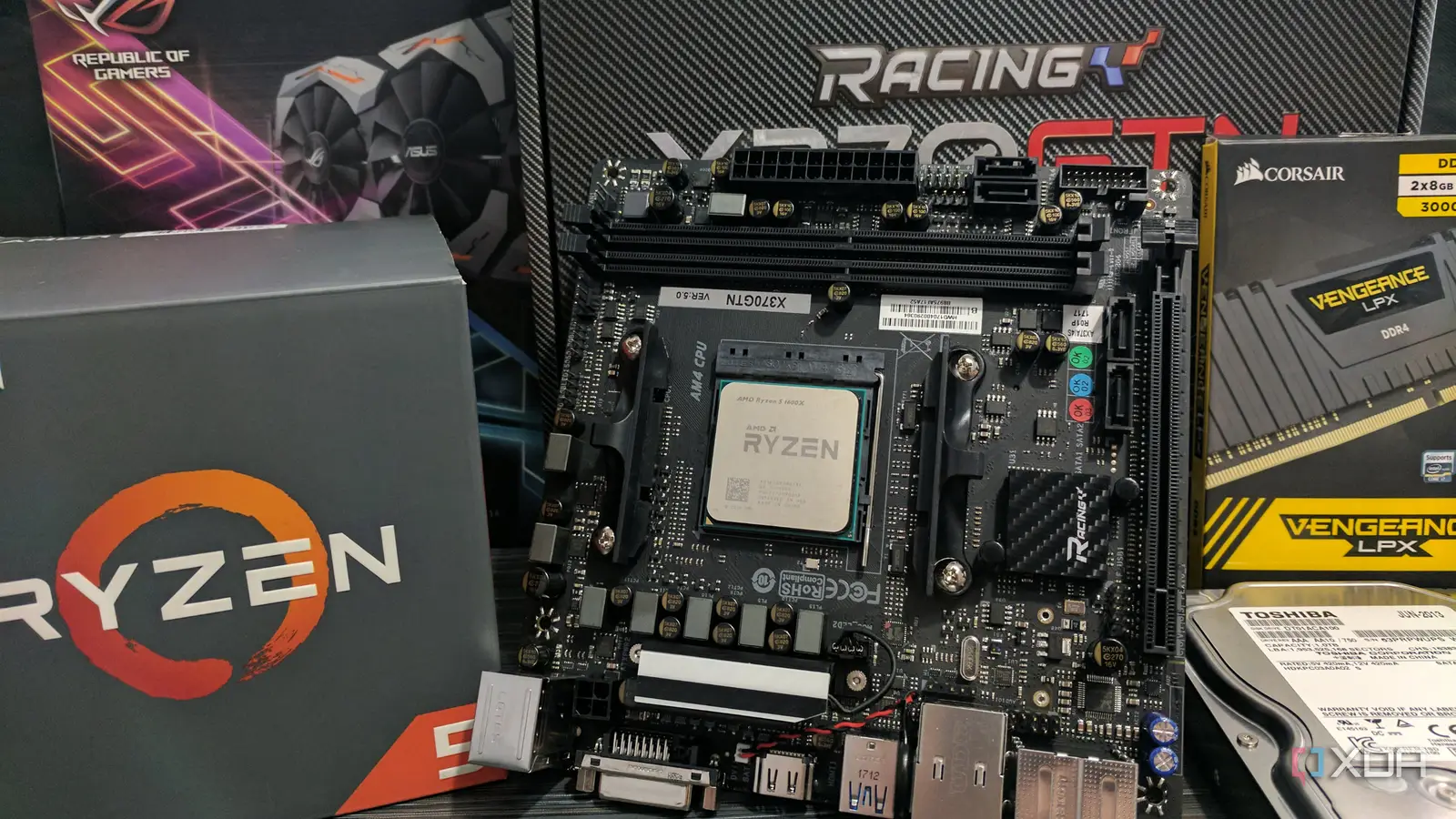
AMD’s current AM5 platform seems so well-established today that we sometimes forget that the 9-year-old AM4 is still alive and kicking. Nearly a decade after its introduction in 2016, the AM4 platform is still getting new CPU launches in 2025. If AMD keeps this up, AM4 might be on the heels of overtaking Apple’s PowerPC, the era of which lasted around 12 years. AM4 still has a ways to go to do that, but AMD has shown us that it’s far from impossible.
Apple’s PowerPC era lasted 12 years
The AIM alliance and Apple’s commitment
PowerPC CPUs grew out of the AIM alliance — Apple, IBM, and Microsoft collaborating on IBM’s POWER architecture. While it was just Apple that managed to consistently implement PowerPC in consumer PCs for years, the 12-year era was remembered for its longevity, especially in a fast-moving industry. What began in 1994 with the Power Macintosh lasted until the G5 desktops in 2006. Apple persisted for over a decade, using its own CPUs in an Intel-driven industry at the time. However, the cracks started to show by the early 2000s.
The PowerPC chips began falling behind in performance, efficiency, and software compatibility. By 2006, Apple realized it was time to transition to Intel’s CPUs. It was the need of the hour, and ultimately what was best for the company’s consumers. The fact that PowerPC was based on a RISC (reduced instruction set computer) architecture is all the more interesting, considering Apple used ARM for its Apple Silicon architecture in 2020. Its M-series chips have already completed five years, and show no signs of stopping anytime soon.
AMD’s AM4 platform has defied all expectations
It might just outlive PowerPC when all is said and done
When AMD bounced back with its Ryzen architecture in 2017, few believed the AM4 socket would last for more than a couple of years. However, AMD had other plans. While the industry had conditioned PC users to new sockets every other generation, AM4 became a champion of platform longevity, completely rewriting the rules. From the original Ryzen 1000 series to the latest Ryzen 5000X3D and Ryzen 5 5600F CPUs, AMD is already 9 years into the AM4 lifecycle.
In 2025, AMD is still moving droves of AM4 CPUs, and thanks to the relative affordability, comparable performance, and compatibility with older systems, AM4 isn’t going away anytime soon. It might last longer than PowerPC did if AMD sees enough user demand and manages to squeeze even more out of the Zen 3 architecture. Even if that doesn’t happen, AM4 has already shown a decade’s worth of evolution of a platform that very few would have believed in back in 2016. Plus, AMD might repeat AM4’s track record with AM5.
The challenges in keeping AM4 alive
Does it have three more years in it?
The challenge with keeping AM4 alive is multifold. What has worked till now might not work for three more years. AMD has kept the socket alive with BIOS updates for even the oldest chipsets, such as B350. However, it’s not like every motherboard supports every single AM4 CPU — the challenge of working with designed limitations is real. Even if it could make newer CPUs work on older chipsets, there’s not much more to offer that hasn’t been done already.
Then there’s the fact that AM5 is already more or less affordable, offers DDR5 and PCIe 5.0 support, and is the default choice for new builders. More and more consumers will gradually move to the newer platform, sales will decline for AM4 chips, and so will the incentives to keep the socket alive. AMD isn’t chasing any records for longevity — that’s all in our heads — and will do what’s best for business. Still, it’s not inconceivable to think that the company might have plans to support AM4 and AM5 in parallel till 2027 or beyond. It would certainly be appreciated by the community, and would set a great precedent for the future of AM5.
What does the AM4 story mean for AM5?
AM4 has already done more than anyone ever hoped for, lasting 9 years, and still going strong. What’s more pertinent is the remaining lifecycle of AM5, and how AMD will follow the splendid AM4 track record. Will the company rest on its laurels and rush to bring in AM6 much earlier than consumers now anticipate, or will we see a repeat of AM4? These are the questions I’m interested in.



